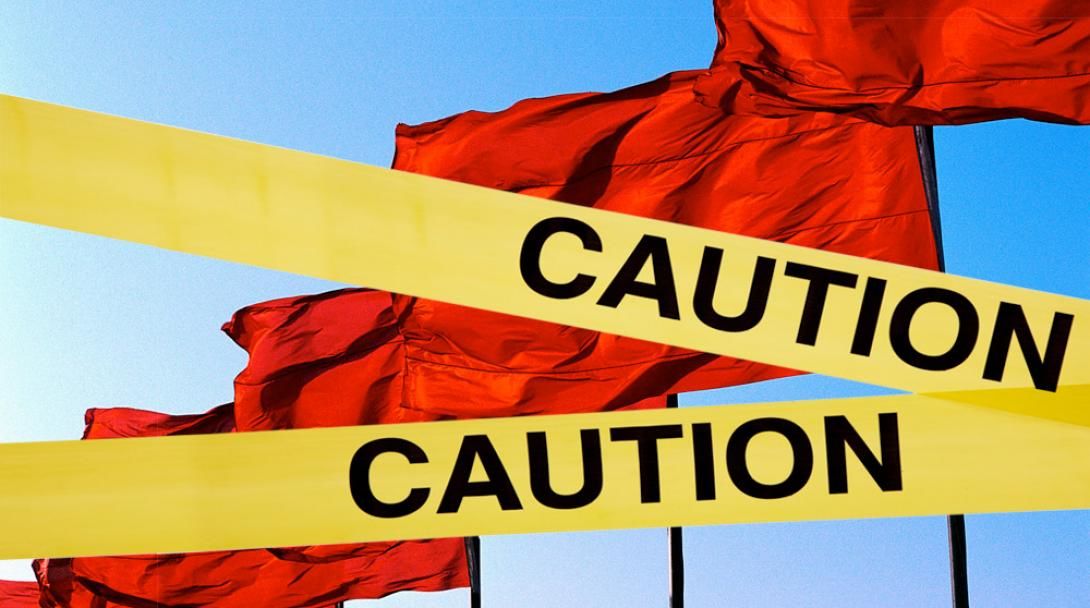Gold demand posted its weakest start to the year in a decade, the World Gold Council said on Thursday, May 3, as prices of the metal stagnated and the threat of rising interest rates led investors to seek better returns elsewhere.
Global gold demand totaled 973.5 tonnes in the January to March period, down 7 percent year on year and the weakest first quarter since 2008. That coincided with a period of calm in the gold market, which saw prices hold within their narrowest range of any quarter in more than a decade.
“The rangebound gold price has certainly had an effect on investor sentiment,” the WGC’s head of market intelligence Alistair Hewitt said.
“It works both ways – for people in the retail space, a price drop can be an entry point, and if the price is rising, people want to take advantage of that momentum.”
The biggest drop in demand came from the investment sector, with bar and coin consumption down by 15 percent and buying of gold-backed exchange-traded funds two-thirds lower year on year.
Jewelry consumption was also soft, edging down 1 percent. Buying in India, the second biggest gold jewelry consumer after China, posted its third weakest quarter in a decade, falling 12 percent year on year to just under 88 tonnes.
“A weakening rupee really pushed up the local gold price,” Hewitt said. “You also had far fewer auspicious days. In Q1 last year, you had 22, and in Q1 2018 you just had seven. Auspicious days are important for weddings, and weddings are important for jewelry demand.”
Chinese jewelry demand rose 7 percent to 188 tonnes, which Hewitt attributed to strong seasonal buying and a better product range. “It really stems from (jewellers) becoming better at meeting the needs of the Chinese millennials,” he said. “We’re seeing more 18 carat jewellery, more 22 carat jewellery, better designs, better products.”
Coin and bar demand in China was down 26 percent, however.
Central bank demand was 42 percent higher, and close to its quarterly average over the previous seven years. Russia was the biggest official sector buyer, responsible for just over a third of central bank demand. Turkey and Kazakhstan also added to reserves.
On the other side of the market, mine supply grew 1 percent year on year to 770 tonnes. Added to a return of producer hedging – which sees mining companies selling production forward to lock in prices – that helped lift overall supply by 3 percent to 1,063.5 tonnes.
















